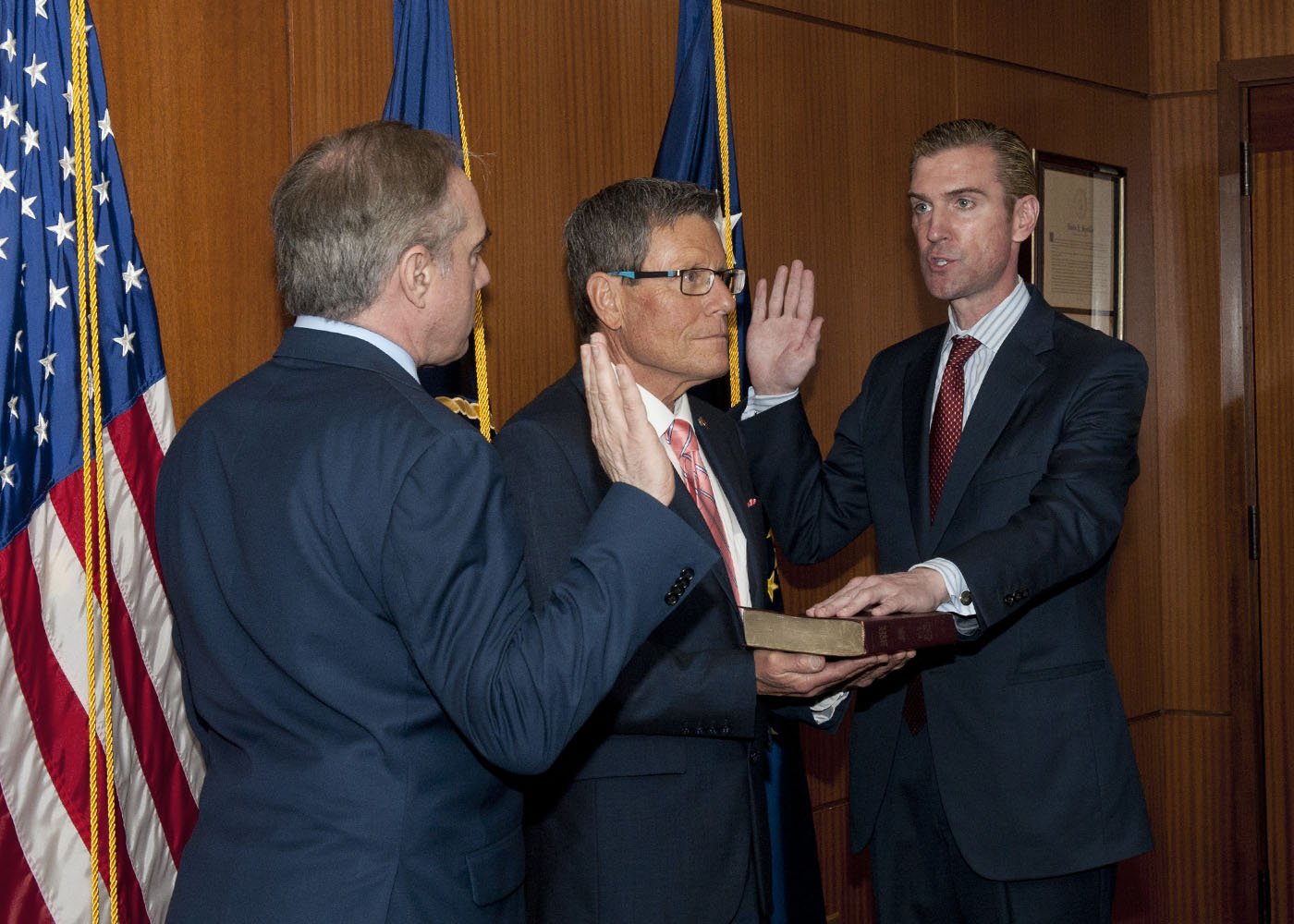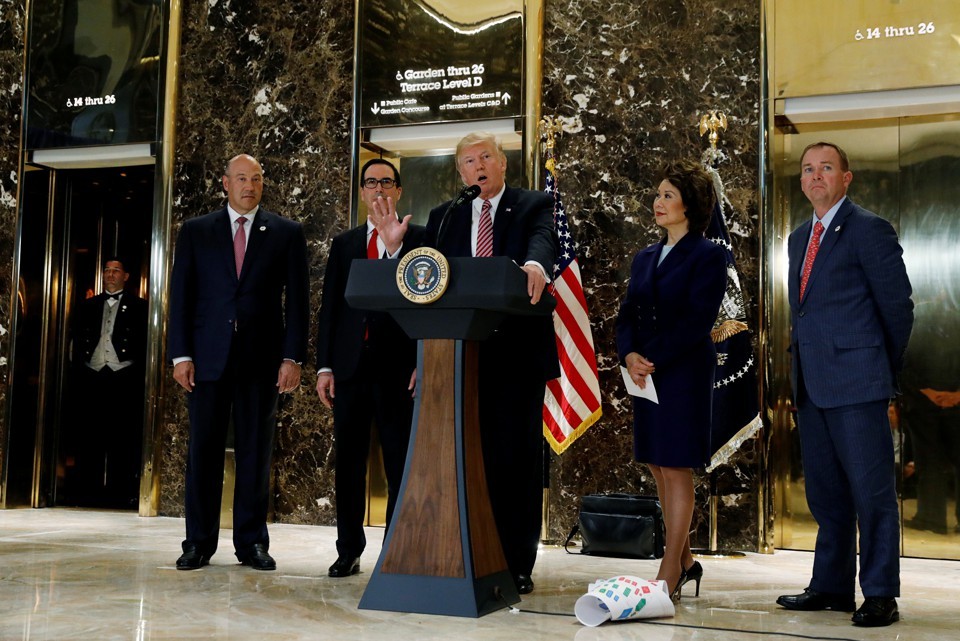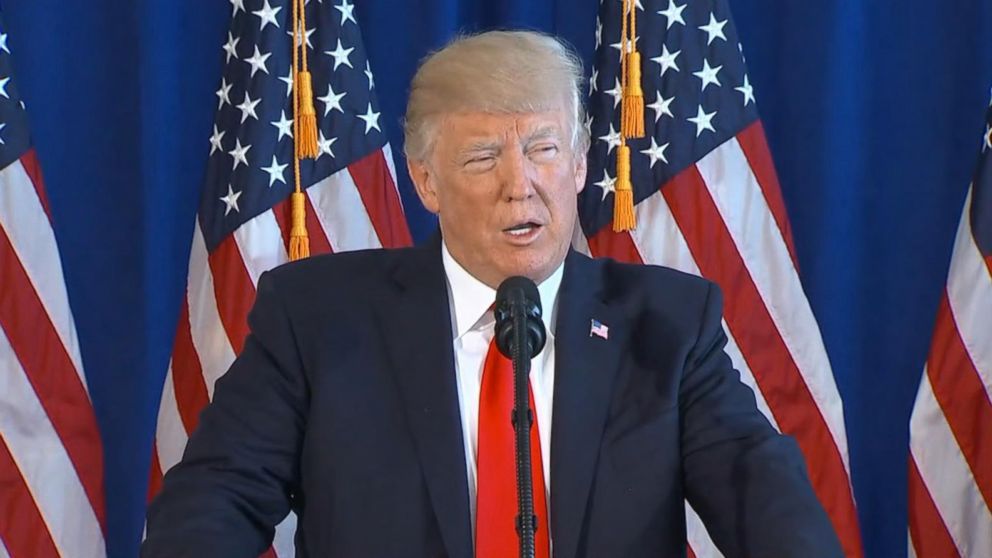Trump defends Charlottesville comments by praising a Confederate general
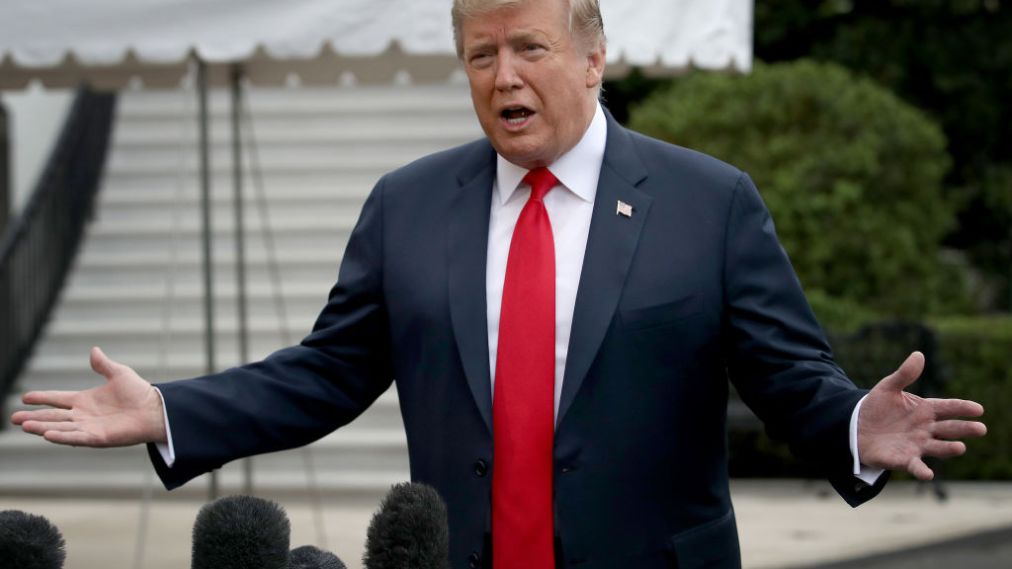
President Trump on Friday defended his comments after the 2017 “Unite the Right” protests in which an avowed neo-Nazi killed a woman and injured dozens of others in Charlottesville, arguing that his focus was on the protesters defending the monument of Confederate Gen. Robert E. Lee.
Trump, pressed on whether he stood by his comments that there were “very fine people on both sides,” told reporters, “If you look at what I said, you will see that that question was answered perfectly. And I was talking about people that went because they felt very strongly about the monument to Robert E. Lee, a great general.”
Former vice president Joe Biden resurrected Trump’s response to the deadly rally by self-professed white supremacists in a video to launch his presidential campaign on Thursday. In it, Biden said Trump’s remarks “shocked the conscience of this nation.”
“With those words, the president of the United States assigned a moral equivalence between those spreading hate and those with the courage to stand against it,” Biden says in the video. “And in that moment, I knew the threat to this nation was unlike any I had ever seen in my lifetime.”
Trump, who spoke to reporters en route to a speech to the National Rifle Association in Indiana, said, “People were there protesting the taking down of the monument of Robert E. Lee. Everybody knows that.”
Trump and others have tried to distinguish between the self-proclaimed white supremacists and neo-Nazis, and the other supporters of Confederate monuments, who were all marching in Charlottesville that weekend.
But the events that weekend were organized by a self-proclaimed white nationalist, Richard Spencer, and those in attendance wore swastikas and chanted anti-Semitic slogans.
James Alex Fields Jr., who killed Heather Heyer and injured 35 other people when he plowed his car into a group of counterprotesters at the rally by self-proclaimed white supremacists, pleaded guilty to hate crimes in federal court earlier this month.
Fields, 21, of Ohio admitted guilt to 29 of 30 counts in a federal indictment as part of a deal with prosecutors, who agreed they would not seek the death penalty in the case. Fields is set to be sentenced July 3.
Some Trump supporters have become Charlottesville truthers, arguing that Trump’s comments were taken out of context. They maintain, as Trump does, that he was not calling self-proclaimed neo-Nazis and white supremacists “very fine people,” and in fact, he said they should be condemned.
Post writer Aaron Blake more thoroughly examined the fallacies of this argument, noting that it’s hard to make the case that there were “very fine people” marching alongside people chanting, “Jews will not replace us.”
Reality
Then on August 15, 2017 Trump again defended the backlash of his comments equating neo-Nazis with those protesting the neo-Nazis by first claiming it was “the left” who was violent and initiated the violence, then again and again stuck to his guns that “both sides” were to blame, which is when Trump made the statement “there was very fine people on both sides.” Later in the press conference Trump said he’s not defending the neo-Nazis, but the obvious problem is this.
First, It was a neo-Nazi rally.
It was always billed as a neo-Nazi rally with prominent white supremacists, such as Richard Spencer, David Duke, and others, all to support the statue of Confederate General Robert E. Lee, a traitor who fought the United States specifically for the right to own humans of African descent as property.

Second, Trump later in the press conference, while clarifying his remarks, said that the night before the rally he saw the Unite the Right protesters walking very quietly the taking down the statue of Robert E. Lee.
They were not walking very quietly, but were all carrying tiki torches and chanting “Blood and Soil!” and “Jews will not replace us!”
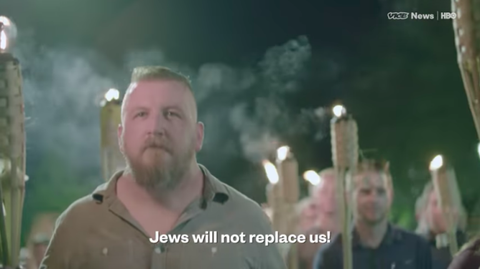
And finally Trump attacked the “left” for showing up to protest the neo-Nazis without a permit, and pointing out the neo-Nazis had a permit and a right to be there.
Donald Trump was absolutely giving neo-Nazis a pass, and morally equating them with people protesting neo-Nazis.
Watch the press conference in full.
